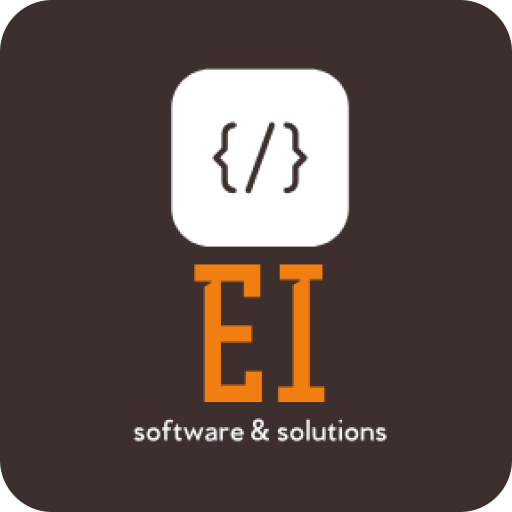
In today's technology-driven business environment, IT assets are more than just tools; they are critical components of operational efficiency, productivity, and even revenue generation. From servers and laptops to software licenses and mobile devices, managing these assets effectively is paramount. Poor IT Asset Management (ITAM) can lead to unnecessary costs, security vulnerabilities, compliance issues, and operational disruptions.
Conversely, implementing robust ITAM best practices offers significant benefits: reduced expenses through loss prevention, optimized maintenance schedules, accurate depreciation tracking, and better-informed capital expenditure decisions.
So, how can your organization master its IT assets? Here are some best practices to guide you:
Establish a Centralized IT Asset Repository
Why It Matters
A single source of truth is crucial. Without it, data becomes siloed, inconsistent, and unreliable.
Implementation Strategy
Implement dedicated ITAM software. This system should be backed by a robust relational database (e.g., Microsoft SQL Server) to ensure data integrity, avoid duplication, and facilitate complex reporting. This central system will house all information about your assets.
Implement Comprehensive Asset Tagging & Identification
Why It Matters
You can't manage what you can't identify. Unique identification is the cornerstone of tracking.
Implementation Strategy
Assign a unique asset code to every IT asset. Utilize durable asset tags, often featuring barcodes (or QR codes), for easy and accurate scanning. Invest in specialized thermal transfer barcode printers and appropriate label materials (e.g., synthetic labels with strong adhesive for longevity) to create these tags.
Capture Detailed Asset Information
Why It Matters
The more you know about an asset, the better you can manage it.
Implementation Strategy
Your ITAM system should allow for:
- Hierarchical Categorization: Classify assets into multiple, logical levels (e.g., Main Category > Sub-Category Level 1 > Sub-Category Level 2 > Specific Item).
- Precise Location Tracking: Define physical locations hierarchically (e.g., Organization > Building > Floor > Room/Zone).
- Custodian & Department Assignment: Link assets to responsible employees and departments.
- Purchase Details: Record supplier information, LPO numbers, invoice details, purchase dates, and warranty periods.
- Technical Specifications: Include serial numbers, model numbers, and even asset photos for quick visual identification.
Track the Entire Asset Lifecycle
Why It Matters
Assets are dynamic. Their status, location, and value change over time.
Implementation Strategy
Your ITAM process should cover:
- Procurement & Registration: A clear workflow for adding new assets to the system.
- Deployment: Tracking where and to whom assets are assigned.
- Maintenance & Updates: Logging service history and software updates.
- Transfers: Recording movements between locations, departments, or custodians (supporting both individual and bulk transfers).
- Depreciation: Systematically calculating and tracking asset depreciation.
- Disposal: A formal process for retiring assets, including capturing the reason for disposal and updating the asset register.
Automate with Technology (Scanners & Mobile Devices)
Why It Matters
Manual data entry is time-consuming and error-prone.
Implementation Strategy
Utilize barcode scanners (desktop, cordless) for quick asset verification, check-in/check-out, and updates. Equip field staff with rugged mobile computers running a mobile ITAM application. This allows for on-the-go physical inventory counts, location updates, and data synchronization (e.g., via Microsoft ActiveSync or similar technologies) with the central database.
"The most effective asset management systems leverage automation to reduce human error while increasing data accuracy and timeliness."
Define Clear Processes, Roles, and Responsibilities
Why It Matters
Effective ITAM requires clear ownership and standardized procedures.
Implementation Strategy
Document all ITAM processes. Define user groups and roles within the ITAM software, assigning appropriate permissions for viewing, adding, editing, or disposing of assets. Ensure an IT person with administrative rights is available for system installation, configuration, and maintenance.
Conduct Regular Audits and Leverage Reporting
Why It Matters
Audits verify data accuracy and identify discrepancies, while reports provide actionable insights.
Implementation Strategy
Perform periodic physical audits of your IT assets, comparing physical counts against the ITAM system records. Leverage the reporting capabilities of your ITAM software to generate reports on:
- Assets by location, category, or custodian
- Asset history and transaction logs
- Depreciation schedules
- User activity logs for system changes
These reports are invaluable for financial planning, compliance, and operational decision-making.
Plan for Data Migration and Scalability
Why It Matters
Initial data load can be challenging, and your system needs to grow with your organization.
Implementation Strategy
If implementing a new system, plan the data migration from existing spreadsheets or legacy systems carefully. This might involve custom uploads or manual data entry for smaller datasets. Ensure the chosen ITAM solution can scale to accommodate an increasing number of assets and users, and consider if future customizations or enhancements might be needed.
Secure Your Asset Data
Why It Matters
Asset data can be sensitive and is critical for business operations.
Implementation Strategy
Implement strong security measures for your ITAM database. This includes secure server authentication (e.g., SQL Server authentication), strong passwords for user accounts, and restricting access based on roles and responsibilities.
Ensure Ongoing System Support and Maintenance
Why It Matters
Like any critical system, your ITAM solution needs ongoing support.
Implementation Strategy
Understand the support terms offered by your ITAM vendor, including bug fixes, user support, and options for Annual Maintenance Contracts (AMCs) for additional support.
Taking Control Starts Now
Effective IT Asset Management isn't just an IT function; it's a business imperative. By implementing these best practices, often facilitated by a comprehensive ITAM solution like the Effcon Asset Tracking & Management System, organizations can gain better control over their technology investments, reduce costs, mitigate risks, and ultimately, drive greater business value.
Ready to implement these best practices?
Effcon International's Asset Tracking & Management System incorporates all the best practices mentioned in this article, offering a complete solution for effective IT Asset Management.



